Nero, the last emperor of the Julio-Claudian dynasty, was not supposed to become emperor. It was the scheming and poisonings of his mother Agrippina that propelled the young man to the throne.
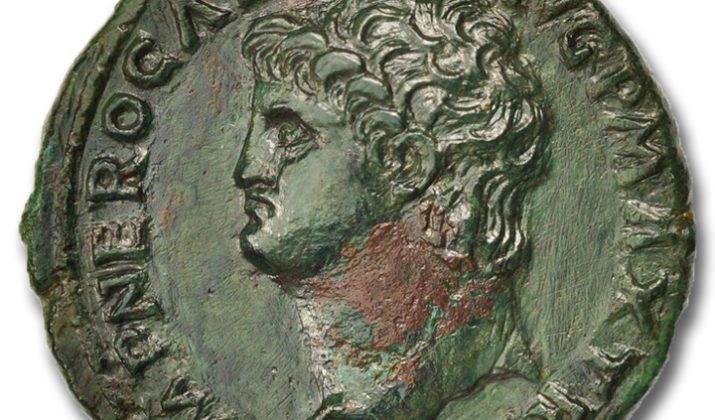
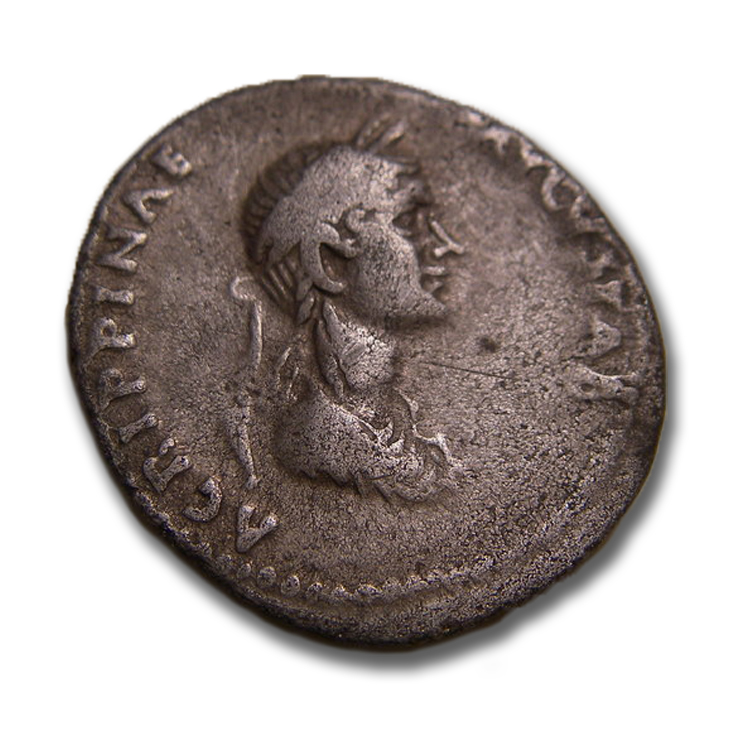 Agrippina was a powerful woman. She appears with her sisters and brother Caligula on the coins used during the latter’s reign. Following Caligula’s death, her uncle Claudius became emperor. Agrippina married him and had her son Nero adopted by him. She was thus able to push aside Britannicus, the legitimate heir. To consolidate Nero’s power, she encouraged her son to marry Octavia, Claudius’ daughter, and his half-sister. Emperor Claudius was poisoned and died in 54 and young Nero became emperor at 14.
Agrippina was a powerful woman. She appears with her sisters and brother Caligula on the coins used during the latter’s reign. Following Caligula’s death, her uncle Claudius became emperor. Agrippina married him and had her son Nero adopted by him. She was thus able to push aside Britannicus, the legitimate heir. To consolidate Nero’s power, she encouraged her son to marry Octavia, Claudius’ daughter, and his half-sister. Emperor Claudius was poisoned and died in 54 and young Nero became emperor at 14.
The start of the emperor’s reign
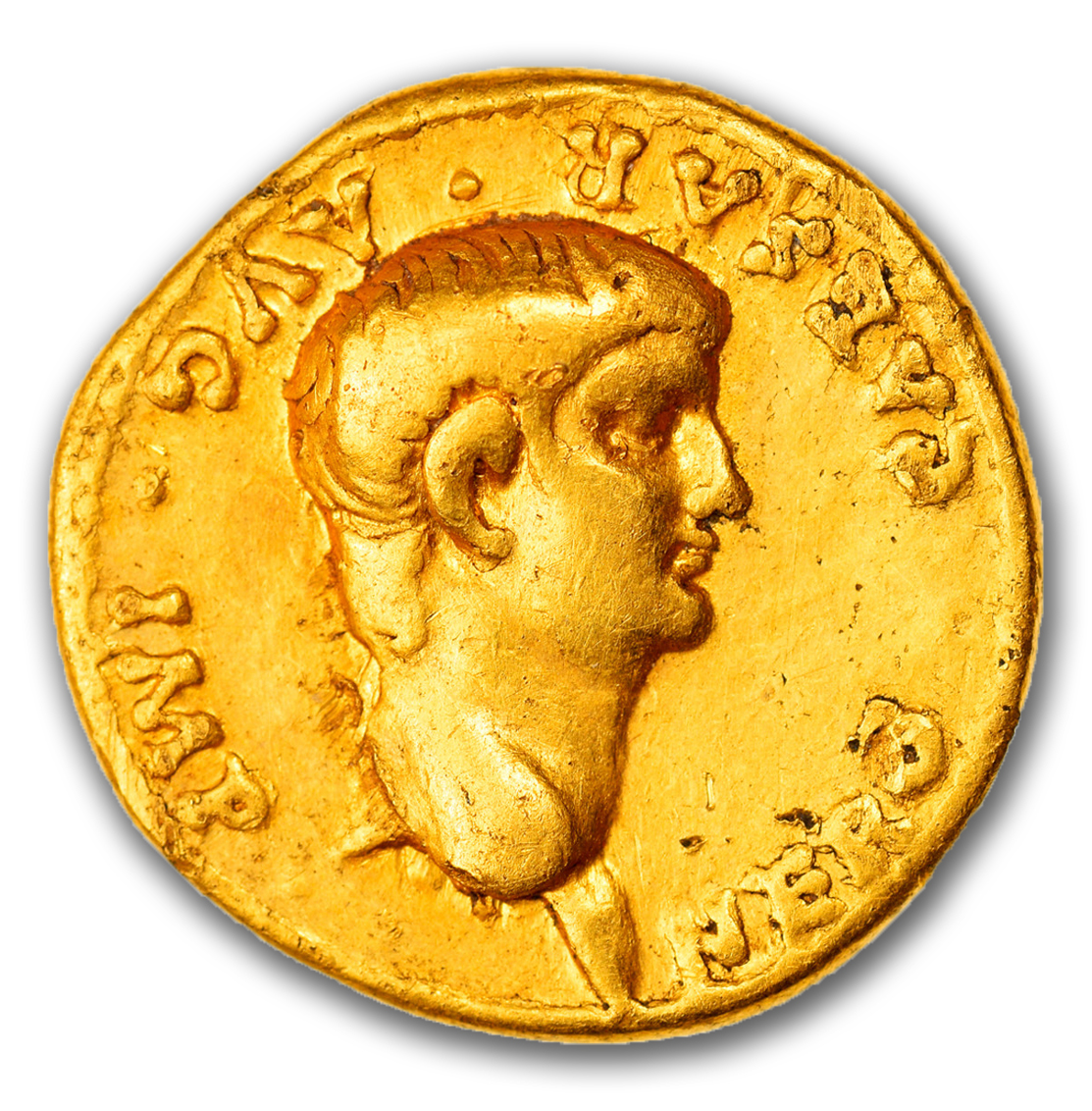 Nero was counselled by Seneca and Burrus during the first years of his reign, which proved to be exemplary for the management of the empire. A coin was struck to celebrate the “Quinquennium Neronis”, (the first five years of Nero’s reign).
Nero was counselled by Seneca and Burrus during the first years of his reign, which proved to be exemplary for the management of the empire. A coin was struck to celebrate the “Quinquennium Neronis”, (the first five years of Nero’s reign).
Agrippina had a great deal of influence over Nero at this time. One of the first coins of Nero’s reign features him in profile alongside his mother. The reverse side of the coin shows Augustus and Livy on a chariot, to pay homage to the first Roman emperor.
Nero’s reign saw a significant monetary reform. He changed the metrology and metal standards implemented by Augustus. Tiberius had already made a start by moving from 1/41th of a pound (the alloy implemented under Augustus) to 1/43rd of a pound. Under Nero, this was changed to 1/45th of a pound. He decreased the quality of certain gold and silver coin alloys and had more coins produced by the mint in Rome rather than the one in Lugdunum.
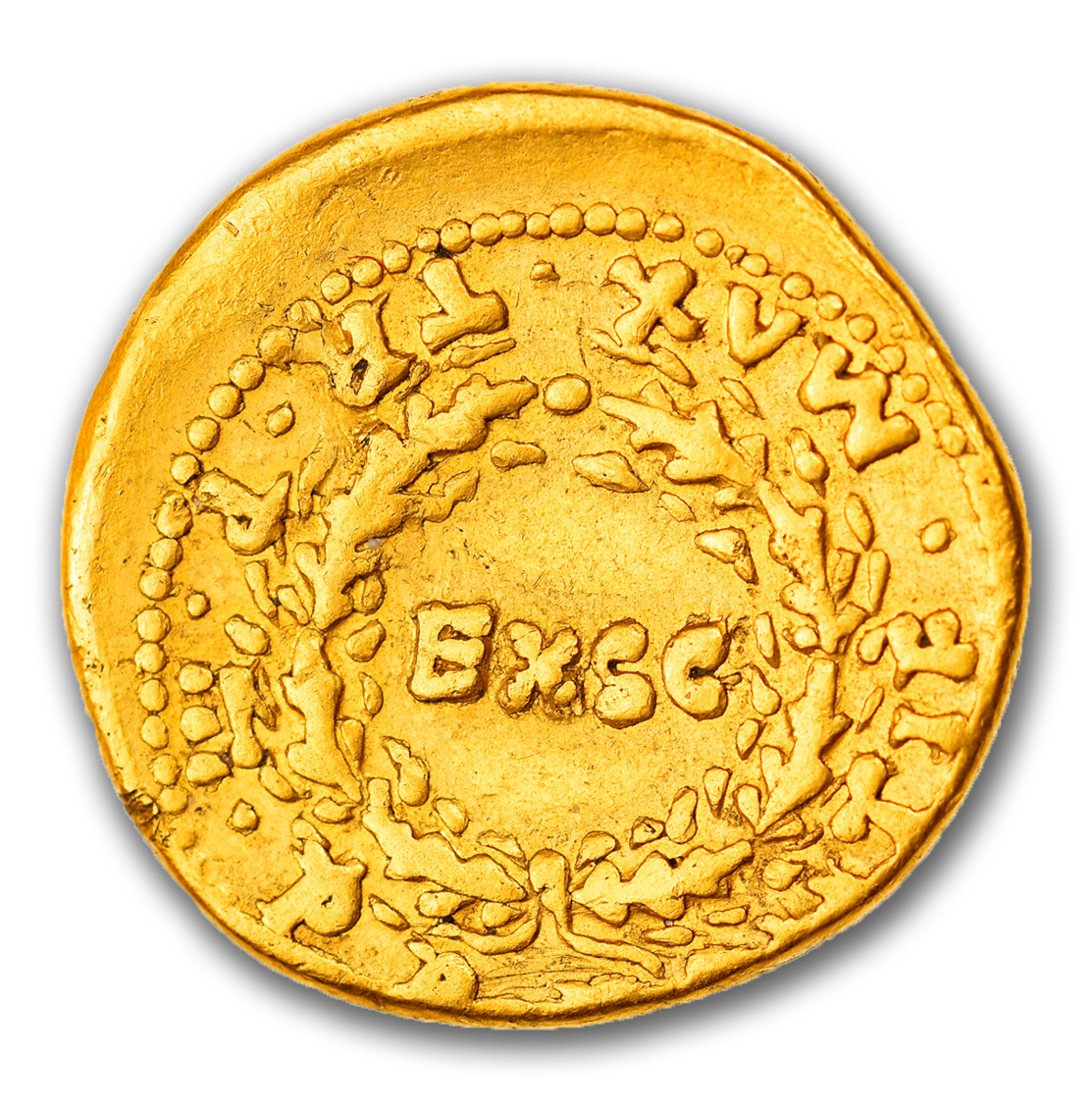 The monetary system implemented by Augustus in 19 BCE had nine coins. Two were gold: the aureus and quinarius. The silver denarius and quinarius were made of silver. The sestertius and the dupondius were made of brass and the as, the semis and the quadrans were made of copper. Note that there was a single type of gold quinarius and there are no known silver quinarius from Nero’s reign.
The monetary system implemented by Augustus in 19 BCE had nine coins. Two were gold: the aureus and quinarius. The silver denarius and quinarius were made of silver. The sestertius and the dupondius were made of brass and the as, the semis and the quadrans were made of copper. Note that there was a single type of gold quinarius and there are no known silver quinarius from Nero’s reign.
From 55 to 60-61, the reverse of the coin had a laurel wreath and the letters ex S C (Ex Senatus Consulto, i.e. by decree of the Senate). While coins were changing between 61 and 63, sometimes with older and sometimes with new reverse sides, the writing remained the same.
From Agrippina to Poppea
Nero met Poppea through his friend Otho in 58. She was the second woman, after Agrippina, to have significant influence over the emperor. Agrippina was assassinated in 59, which enabled Poppea to gain control over Nero.
Nero’s long-term advisors changed in 62. Burrus died and Seneca retired. Tigellinus took their place. That same year, Nero divorced Octavia because she hadn’t given him an heir, contrary to Poppea, who was pregnant (however, the child died four months after birth). He immediately married Poppea after the divorce. Octavia was executed.
 The reverse side of the coins changed more often starting in 63-64.
The reverse side of the coins changed more often starting in 63-64.
A major event marked Nero’s reign: the great fire of Rome. Nero was initially the scapegoat. He blamed the Christians, which he had executed with horrendous cruelty. At the same time, he opened his palace to the homeless and distributed food.
In addition to being emperor, Nero was also an artist, which was frowned upon at the time. The latter days of his reign saw endless conspiracies and executions. In 68, the Senate removed Nero, who decided to commit suicide to avoid cruel official punishment. His last words were reportedly “Qualis artifex pereo” (What an artist the world has lost in me!). His death also signaled the end of his dynasty. He was succeeded by Vespasian, of the Flavian dynasty, and new coins were issued to replace the Julio-Claudian ones.
Discover the Roman coins for sale on Delcampe!
Many thanks to Jehan-Louis Roche for his expert review of the numismatic aspects of this article.

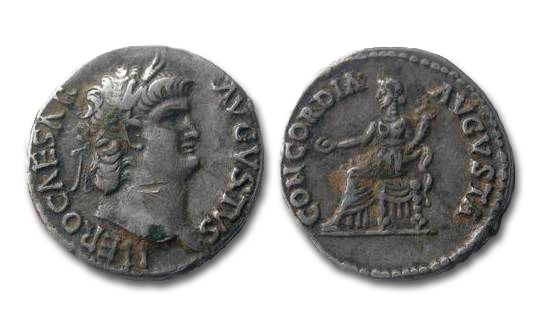


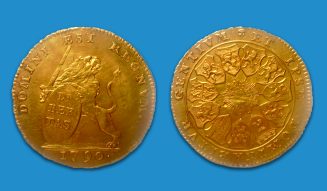
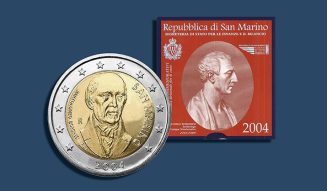

Nero is due for a historical reassessment and makeover I think!